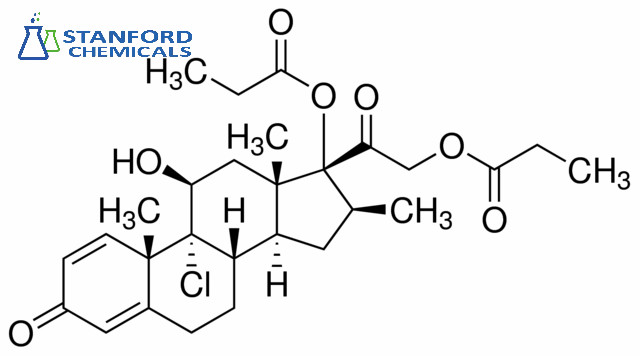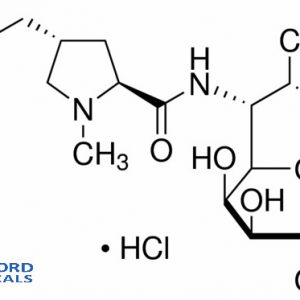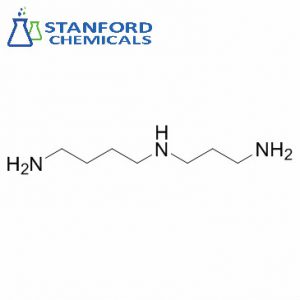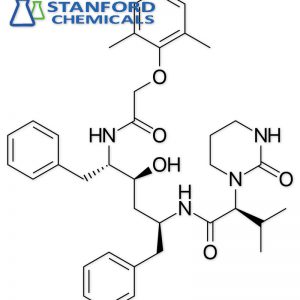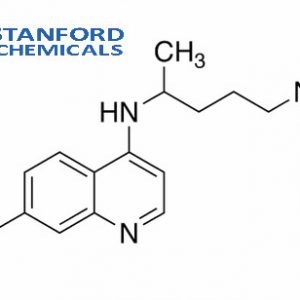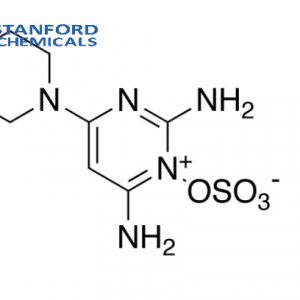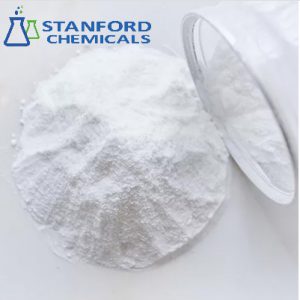- Home
- Pharmaceuticals
- 040-000-298 Beclomethasone Dipropionate, CAS 5534-09-8
040-000-298 Beclomethasone Dipropionate, CAS 5534-09-8
| Synonyms | Beclometasone, 9-Chloro-11β,17,21-trihydroxy-16β-methylpregna-1,4-diene-3,20-dione 17,21-dipropionate |
| Keywords | Glucocorticoid, asthma, dermatitis, psoriasis, nasal polyps |
| Related products | Betamethasone, Vitamin D3, Clobetasol Propionate |
- Description
Description
Description
Beclomethasone Dipropionate Specifications
| Product Name | Beclomethasone Dipropionate |
| CAS Registry Number | 5534-9-8 |
| Molecular Formula | C28H37ClO7 |
| Molecular Weight | 521.042 g/mol |
| Purity | >99 % |
| Appearance | White powder |
| Package | 1kg-25kg |
| Shelf life | 2 years |
| Functions | Used in asthma, allergic rhinitis, and dermatoses to reduce symptoms. |
Beclomethasone Dipropionate Description
Beclomethasone Dipropionate is a diester of beclomethasone, which is structurally similar to dexamethasone. Beclomethasone dipropionate is a strong and effective glucocorticoid used to treat rhinitis and sinusitis. Stanford Chemicals (SCC) provides customers with high-quality Beclomethasone Dipropionate at a very competitive price.
This Beclomethasone Dipropionate belongs to a class of drugs known as corticosteroids. It works by reducing the swelling of the airways in the lungs to make breathing easier.
Beclomethasone Dipropionate Applications
Beclomethasone Dipropionate can be used in the following fields:
- Laboratory research
- Raw materials for topical medicine for diseases of the respiratory system
Reference:
- Fukushima C, Matsuse H, Tomari S, Obase Y, Miyazaki Y, Shimoda T, Kohno S (2003). “Oral candidiasis associated with inhaled corticosteroid use: comparison of fluticasone and beclomethasone”. Ann Allergy Asthma Immunol. 90 (6): 646–51.
- Haimovici R, Gragoudas ES, Duker JS, Sjaarda RN, Eliott D (October 1997). “Central serous chorioretinopathy associated with inhaled or intranasal corticosteroids”. Ophthalmology. 104 (10): 1653–60.

